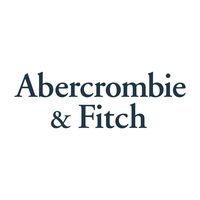Georgetown





Description
High-End Retail in a Vibrant Waterfront Setting
Rich and brimming in Washington, D.C.‘s old world history yet emanating modern elegance, Georgetown is the city’s crown jewel of retail and culture. With its waterfront allure it’s an ideal launchpad for brands entering the Capital. A vibrant tenant l
Join now to access the complete information.
street Details
Annual foot traffic
500,000 people/year
Daily vehicle traffic
15,000 vehicles/day
Population
25,000 people within
Day time population
35,000 people within
Household income (median)
$75,000.00 annually
Age (average)
> 35 years old within
Join now to access the complete information.
Sample Space 1
1000 SF
Suitable for retail, restaurant, office
Sample Space 2
1500 SF
Suitable for retail, restaurant, office
Sample Space 3
2000 SF
Suitable for retail, restaurant, office
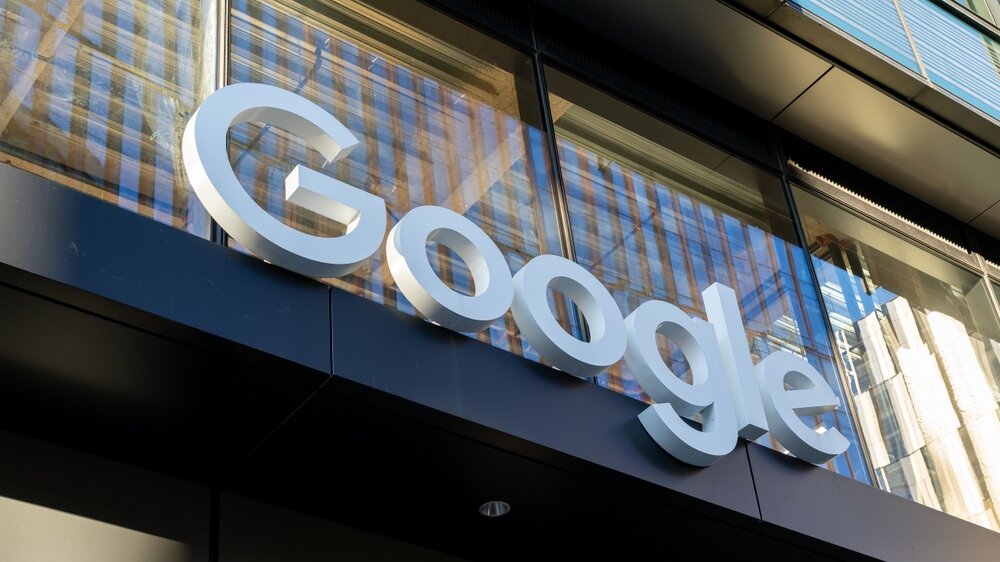
Google to open first D.C. retail store in Georgetown
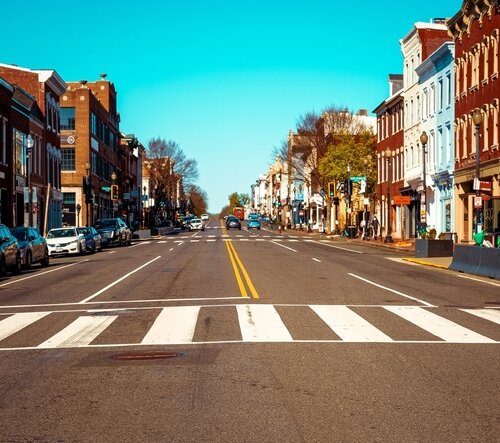
Canadian cabinet maker, Ateliers Jacob, to open first U.S. showroom in Georgetown, Washington, D.C.
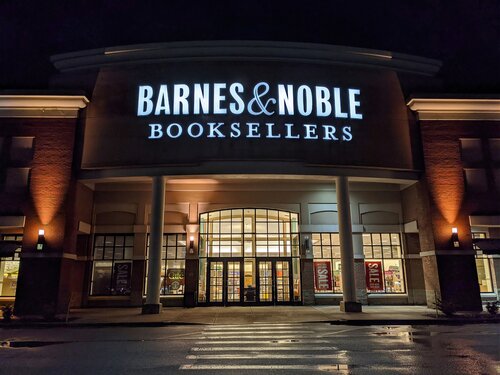
Barnes & Noble Returns to Georgetown With Three-Story Store
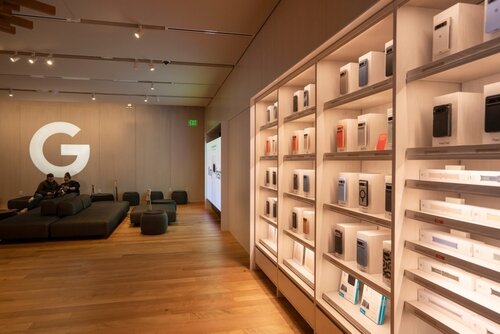
Google Plans to Open Store in Georgetown in 2025

Malbon Golf Tees Up in Georgetown, Bringing Style and Culture to 1265 Wisconsin Ave.
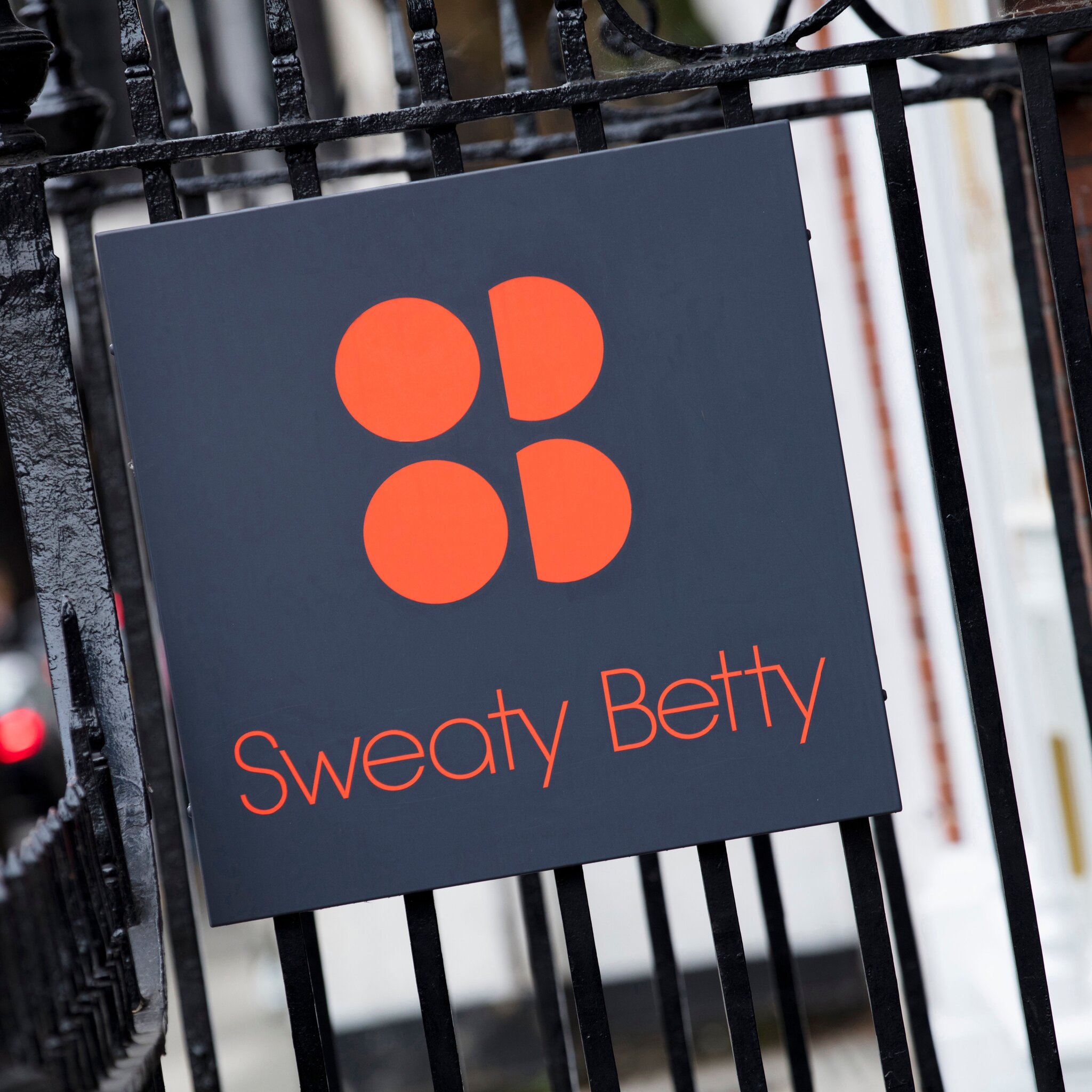
Sweaty Betty Debuts on M Street, Adding Activewear Flair to Georgetown’s Historic Heart
Join now to access the complete information.
Join now to access the complete information.
Local Expert Analysis
Market Position
Georgetown commands a top position in D.C.’s retail market as its premier high street. Coveted by brands entering the region, its tenant mix—Apple, Ralph Lauren, Todd Snyder, and newcomers like SKIMS—enhances its appeal. The zip-code’s colonial character makes it a stylish, sophisticated entry point for brands. Its mix of global names and local boutiques offers a rare, accessible shopping experience, creating a rolling foot traffic and cementing its status as an elite retail destination.
Retail Metrics and Financial Highlights
With rents of $150–$200 per square foot, Georgetown’s high prices and low vacancy rate of 5%–10% underscore fierce tenant competition. Recent addit
New Developments
Georgetown’s retail scene evolves as brands like SKIMS, Sezane, and Farm Rio join. Meanwhile, Tory Burch’s departure opens doors for fresh concepts. City incentives to convert offices into residential units are expected to boost foot traffic, attracting both visitors and residents. This shift signals Georgetown’s evolution into an integrated, mixed-use neighborhood that balances commerce with community.
